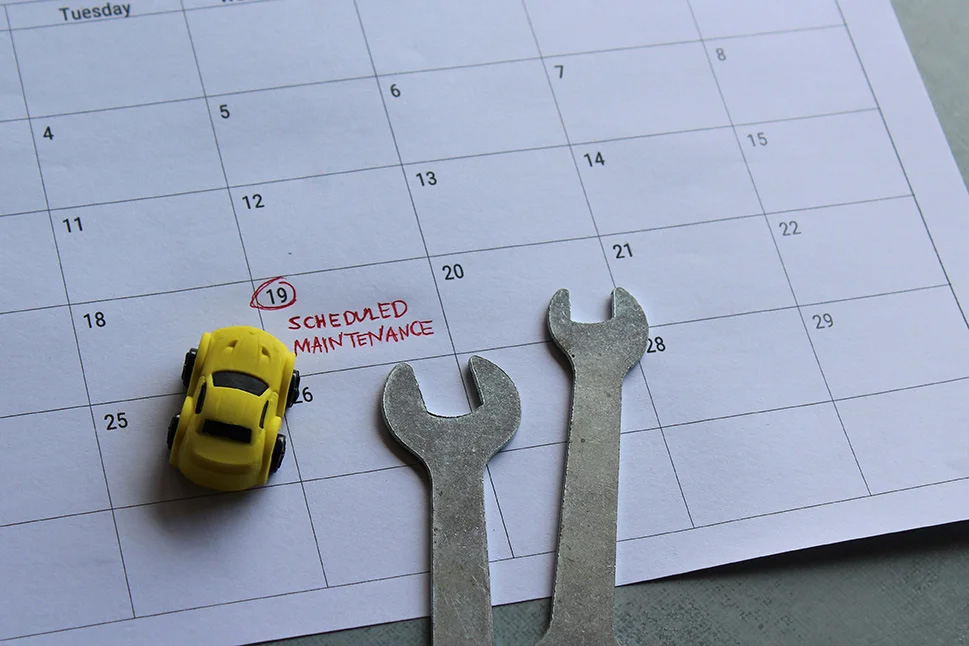You may already know that there are many benefits to adhering to an industrial maintenance schedule. If there weren’t, we wouldn’t have wasted half a typewriter ribbon and an entire coffee break to write this article.
But just in case you forgot what some of those benefits are, take a look:
- Less downtime and greater output
- Increased machine efficiency, which can cut energy costs
- A safer work environment, which can reduce employee injuries, related insurance costs and the need for temporary staffing

Maintenance History Tracking
If the only time you think about reactive maintenance is when the need arises, you may be shootin’ yourself in the foot. Or at least a toe or two. By tracking how often you conduct service and repairs on your machinery, you might start to notice patterns that allow you to predict failures before they lead to expensive downtime.
Track Involved Costs
“If it ain’t broke, don’t fix it.” That can be an easy philosophy to adopt. But we’ve got news for ya’: it will break – eventually. By following industrial maintenance best practices – including sticking to a maintenance schedule – you can stay ahead of equipment failure and reduce unexpected downtime.
If you’re still having trouble justifying the time and expense of scheduled industrial maintenance, track the cost of reactive service and replacement, plus the related loss in productivity. Then, compare those numbers to what you pay for scheduled maintenance. You’re likely to cut your stress levels, too, when you build regular maintenance into your operation.
Utilize Technology
One of the best practices of industrial maintenance is taking full advantage of technology, including Flexco Elevate®. That’s a wireless platform that transfers data from devices attached to each of your Flexco cleaners to an online dashboard. It provides predictive, data-driven insights and allows for remote, real-time monitoring of your belt cleaners.
And then there’s OPTIFY™ by Dodge Industrial. It’s a monitoring platform that allows you to control your assets remotely. With OPTIFY, you use your own data to make real-time decisions about critical operations to cut downtime, while boosting safety and reliability.
Have Parts and Materials On-Site
A key to a successful industrial maintenance plan is staying stocked with the tools and replacement parts you need so you can service and repair machinery on time and keep it from falling into disrepair.
Knowing the maintenance schedule in advance allows you to purchase the parts, review any manuals or schematics, and secure any additional training you might need before taking on each job.
Document Your Processes
As with any serious effort, tracking your industrial equipment maintenance efforts allows you to measure your success, identify opportunities for improvement and easily maintain your program in the event of personnel change. Monitor the efficiency and general effectiveness of your activities. Seek feedback from staff members with the goal of always honing your process. And take advantage of digital tools to track data as accurately as possible.
Conclusion
If your business is like just about everyone else’s, you deal with enough variables to keep your team hoppin’. Committing to a scheduled industrial maintenance program can remove many of those variables and give you a much better chance at staying productive and profitable.
If your older, experienced team members are retiring and newer employees are harder to come by, we can be a great resource for scheduled – and unscheduled – maintenance. Contact the Binkelman Conveyor Services team and let us know how we can serve you.